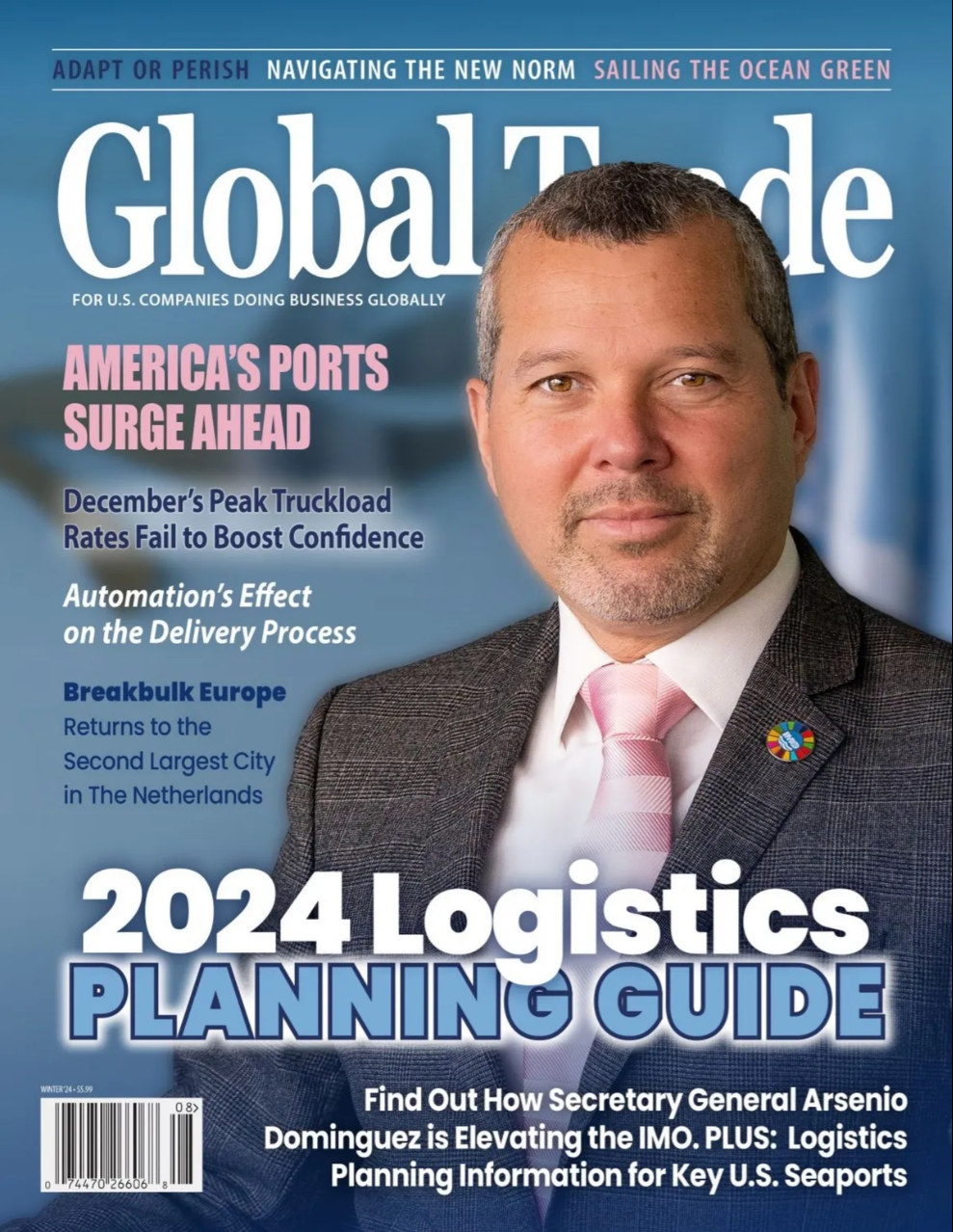Understanding the Appeal of Nearshoring for IT Talent Needs
The IT and technology talent shortage is reaching a crisis point. As demand for skilled tech workers surges, supply constraints at home are making hiring difficult and expensive. This widening gap threatens to hamper innovation and growth across sectors.
Data shows that the global tech talent shortage could reach 85 million jobs by 2030. With roles staying open for months, project timelines suffer.
For companies worldwide, adopting global sourcing and nearshoring models has become mission-critical to access the talent needed to remain competitive. No longer can tech leaders rely solely on local labor pools to deliver.
Nearshoring provides the solution, empowering companies to tap into abundant tech expertise in closer proximity to home offices than offshoring. Leading organizations are pivoting to nearshore staffing to fuel growth and execute strategic initiatives in today’s constrained environment.
What is Nearshoring?
Nearshoring refers to outsourcing operations to third-party providers in close geographic regions with abundant talent pools. It differs from offshoring, which leverages far-away destinations like India and China. Popular nearshore locations include Canada, Mexico, Central America, and Latin America – all within similar time zones.
Advantages Over In-House and Offshore Staffing
Compared to domestic hiring, nearshoring opens access to wider talent sources unconstrained by local shortages. Communication and collaboration are easier than distant offshoring. Nearshoring strikes an optimal balance.
Lower Costs
Nearshore IT professionals often cost 30-50% less than U.S. counterparts with similar skills and experience. Higher output and efficiency also increase value. Nearshoring avoids productivity-draining lags prevalent in offshoring.
Faster Recruiting
Abundant tech talent in nearshore regions reduces hiring times from months to weeks. Rather than awaiting scarce local candidates, roles can be rapidly filled from expansive nearby labor pools.
Time Zone Alignment
Minimal time zone gaps allow seamless collaboration between nearshore and onshore team members. This facilitates effective integration and delivery.
Limited Infrastructure Needs
Companies can leverage providers’ existing nearshore delivery centers rather than building their own offshore captives. This saves costs and lead time.
Enhanced Quality
Top nearshore partners invest heavily in their staff. Robust training and engagement ensure highly skilled teams that excel at the latest technologies.
Optimized for Talent Acquisition Needs
For temporary staffing, nearshoring provides unmatched speed, flexibility, and integration. Teams scale up and down rapidly for project needs. Nearshore consultancies function as integrated extensions of core staff.
The Accelerating Shift Toward Nearshoring
The data shows nearshoring rapidly gaining preference as companies expand globally while needing to remain close to home offices.
For CIOs and tech leaders facing talent gaps, nearshoring represents a vital pathway to access in-demand skills and maximize capabilities. The advantages over onshore and offshore alternatives are clear.
Partnering with an established nearshore provider opens the door to flexible, specialized talent abroad quickly and cost-effectively. Companies can drive innovation and execute transformative initiatives fueled by global tech experts.
As talent needs arise, forward-looking companies have nearshoring in their sights. With a trusted nearshore partner, companies can confidently scale to meet today’s demands and tomorrow’s opportunities. Now is the moment to gain a competitive advantage through a nearshore approach purpose-built for modern tech needs.
Author Bio
Chris Cassidy is the Chief Executive Officer at Mojix, a a leader in real-time, item-level visibility solutions and human capital management for nearshoring IT development services that provide end-to-end business intelligence for supply chains around the globe. Mojix harmonizes data to provide traceability, product authentication and automated inventory management solutions that are built on a high security, scalable SaaS platform.



